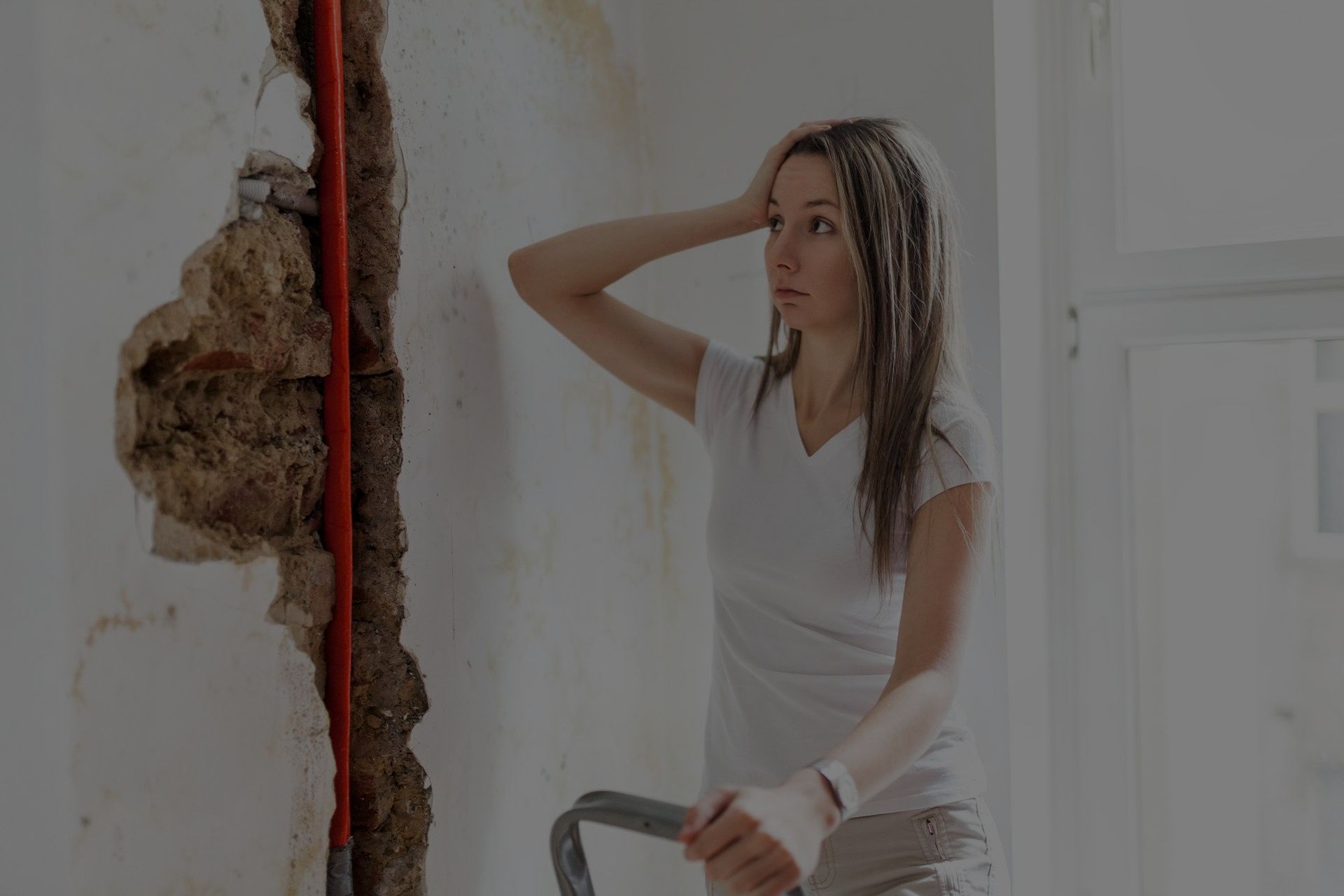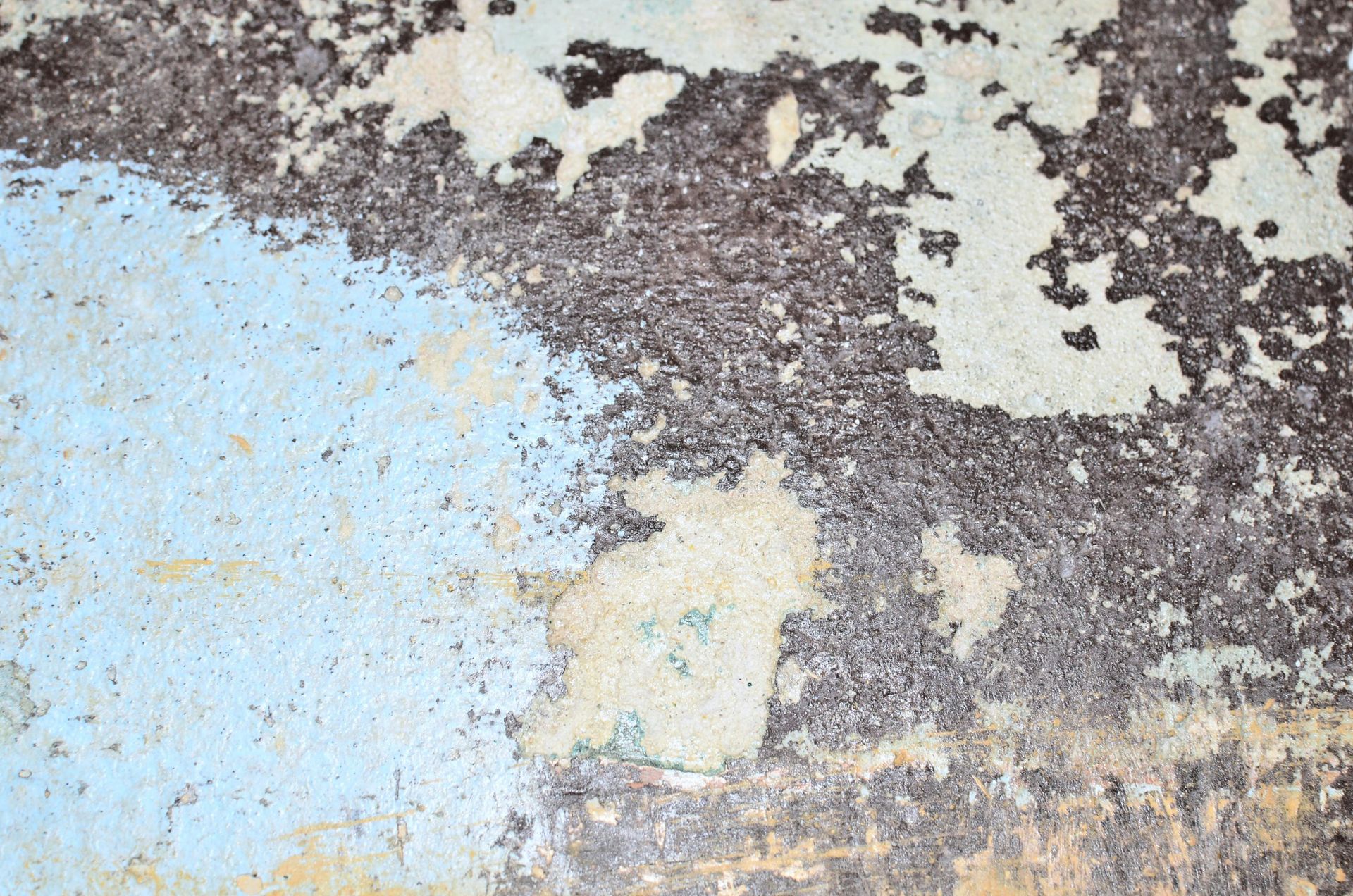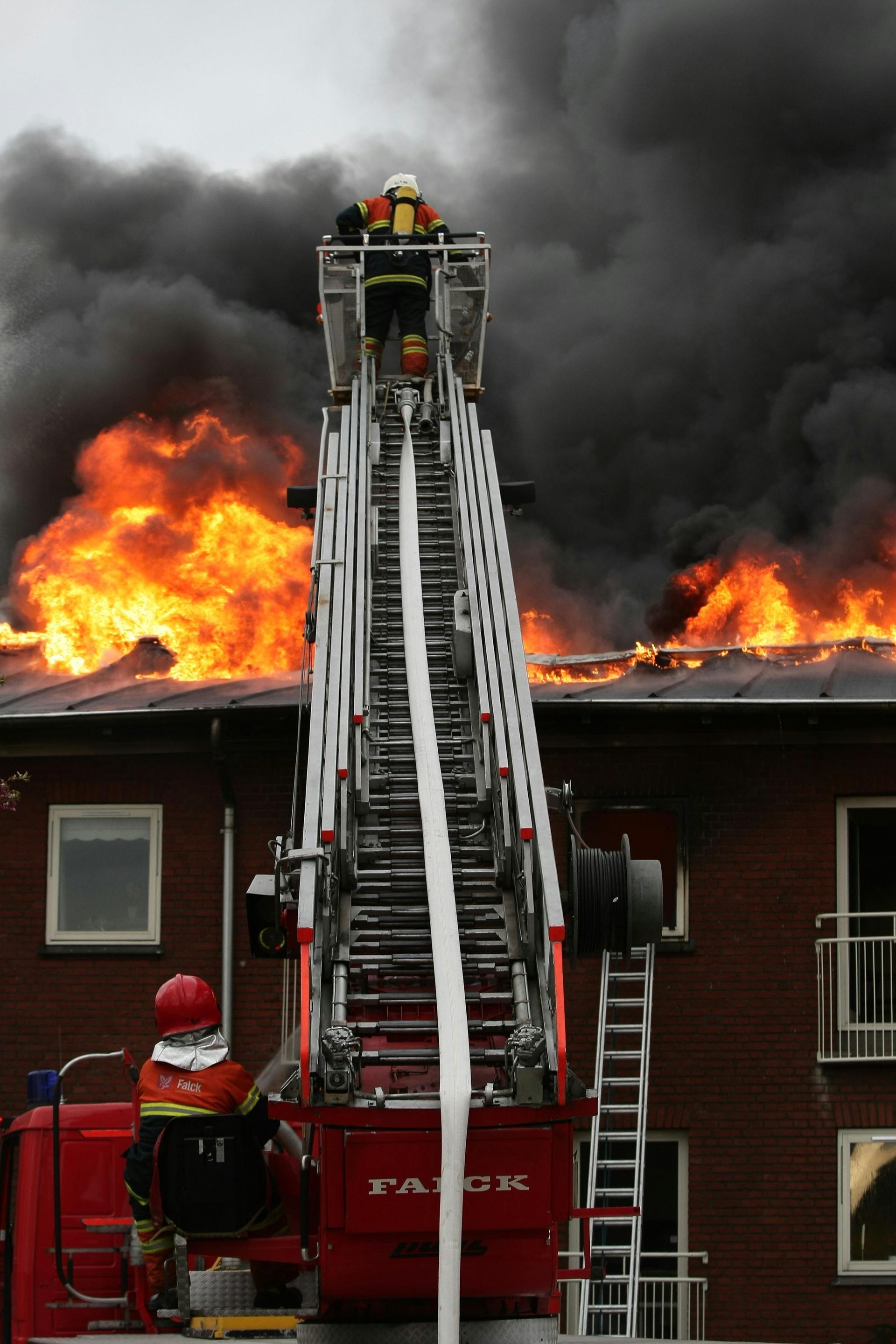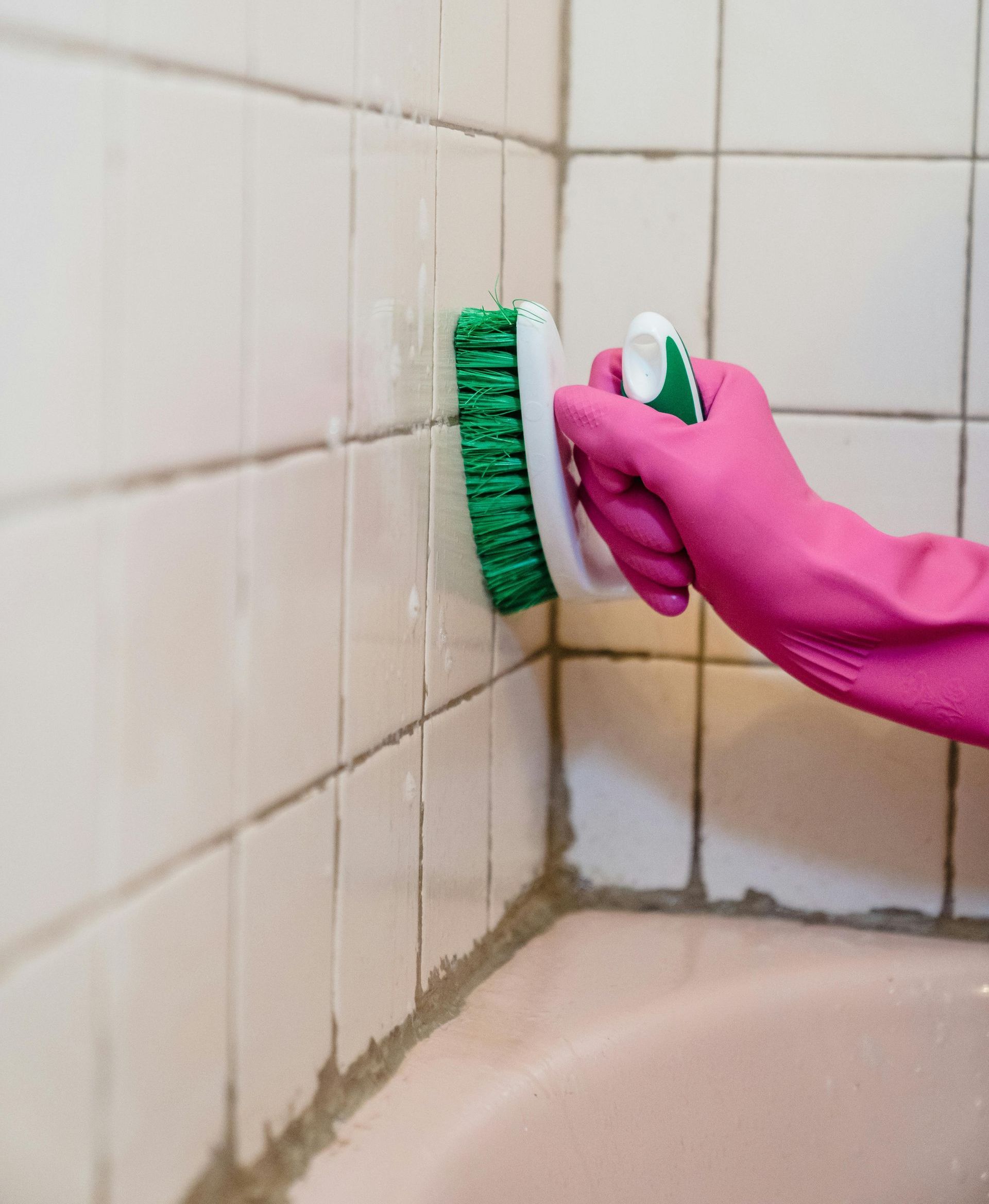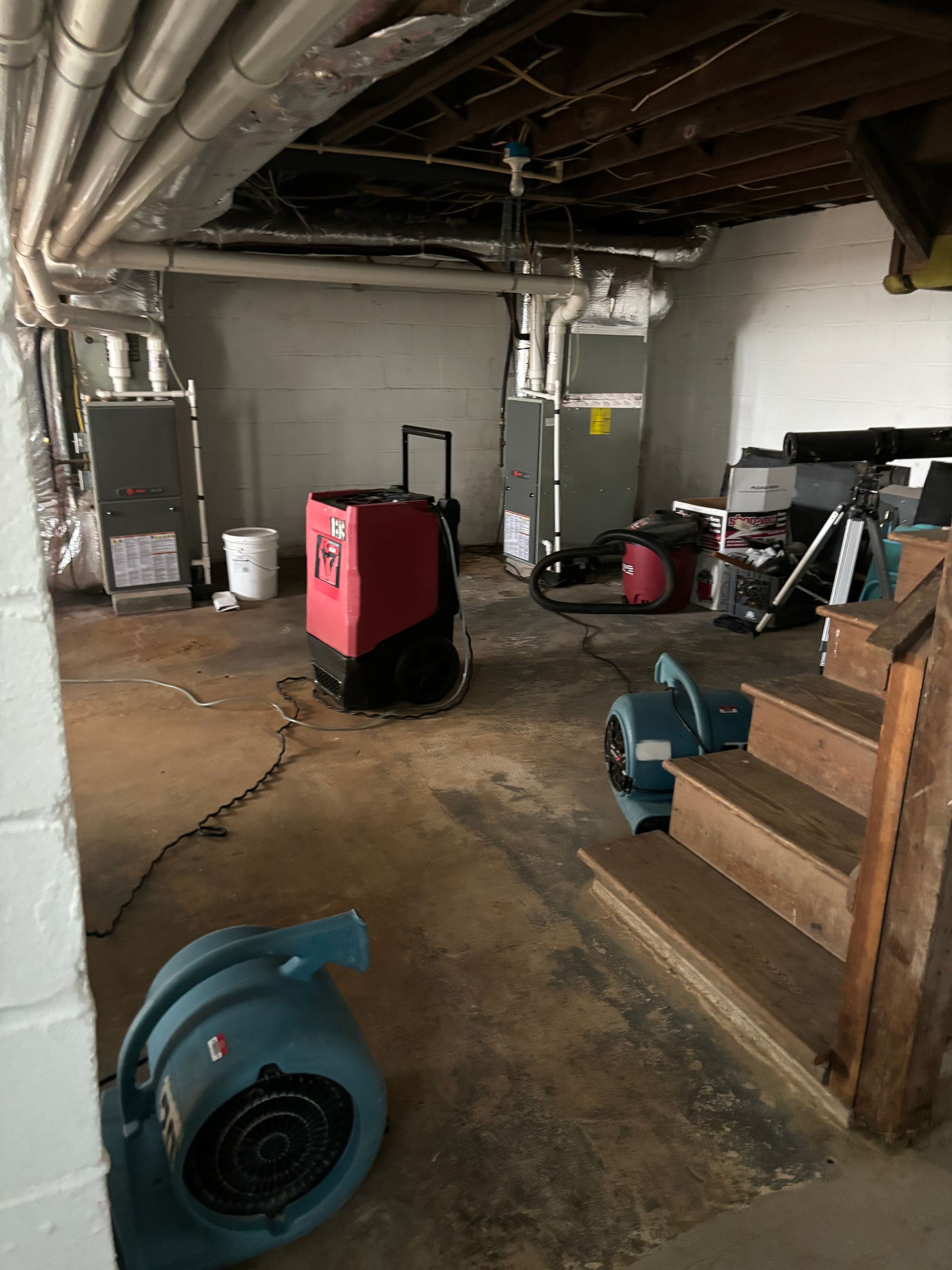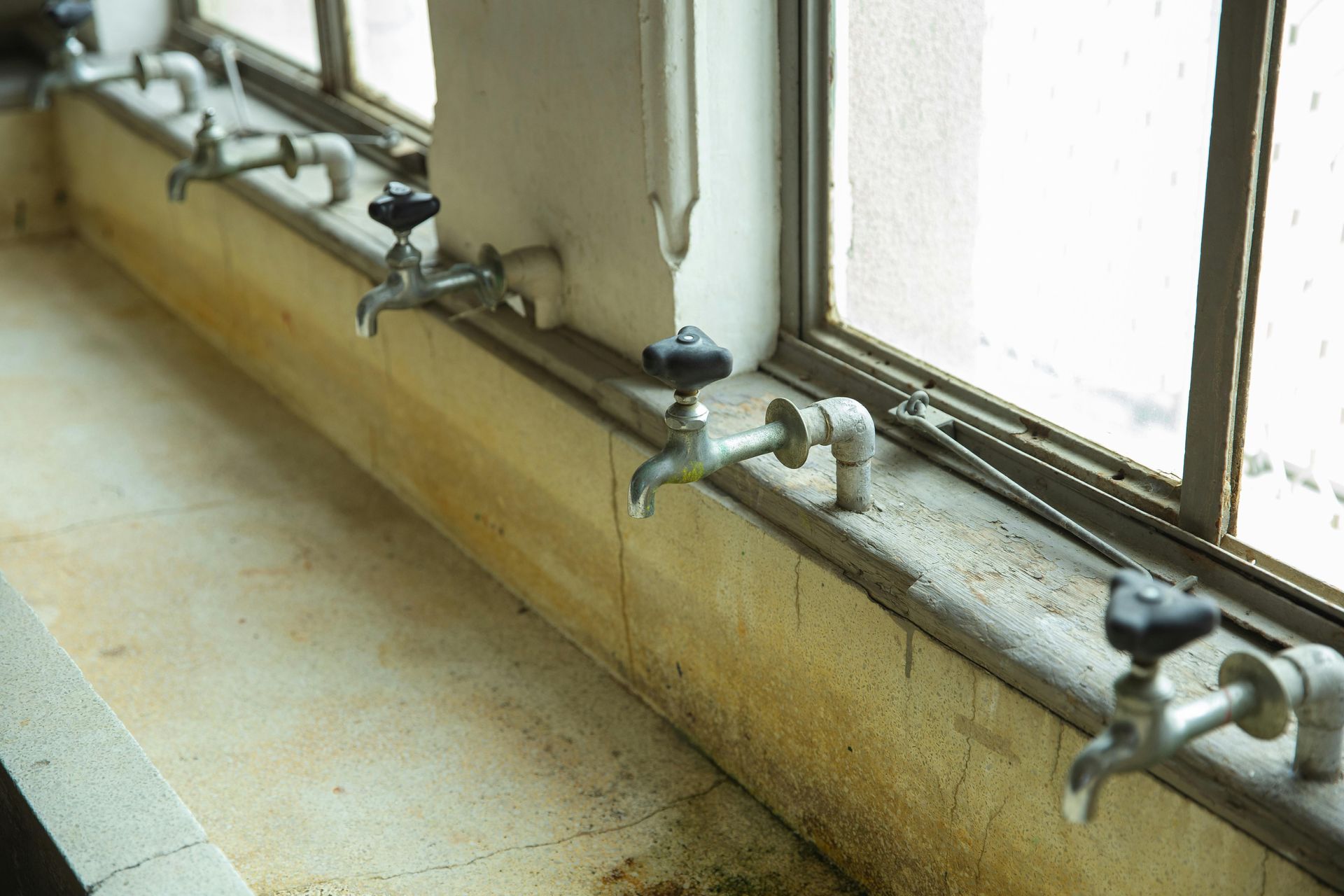How to Prevent Fire Damage in Your Home
Stop Fires Before They Start: A Guide on How to Prevent Fire Damage
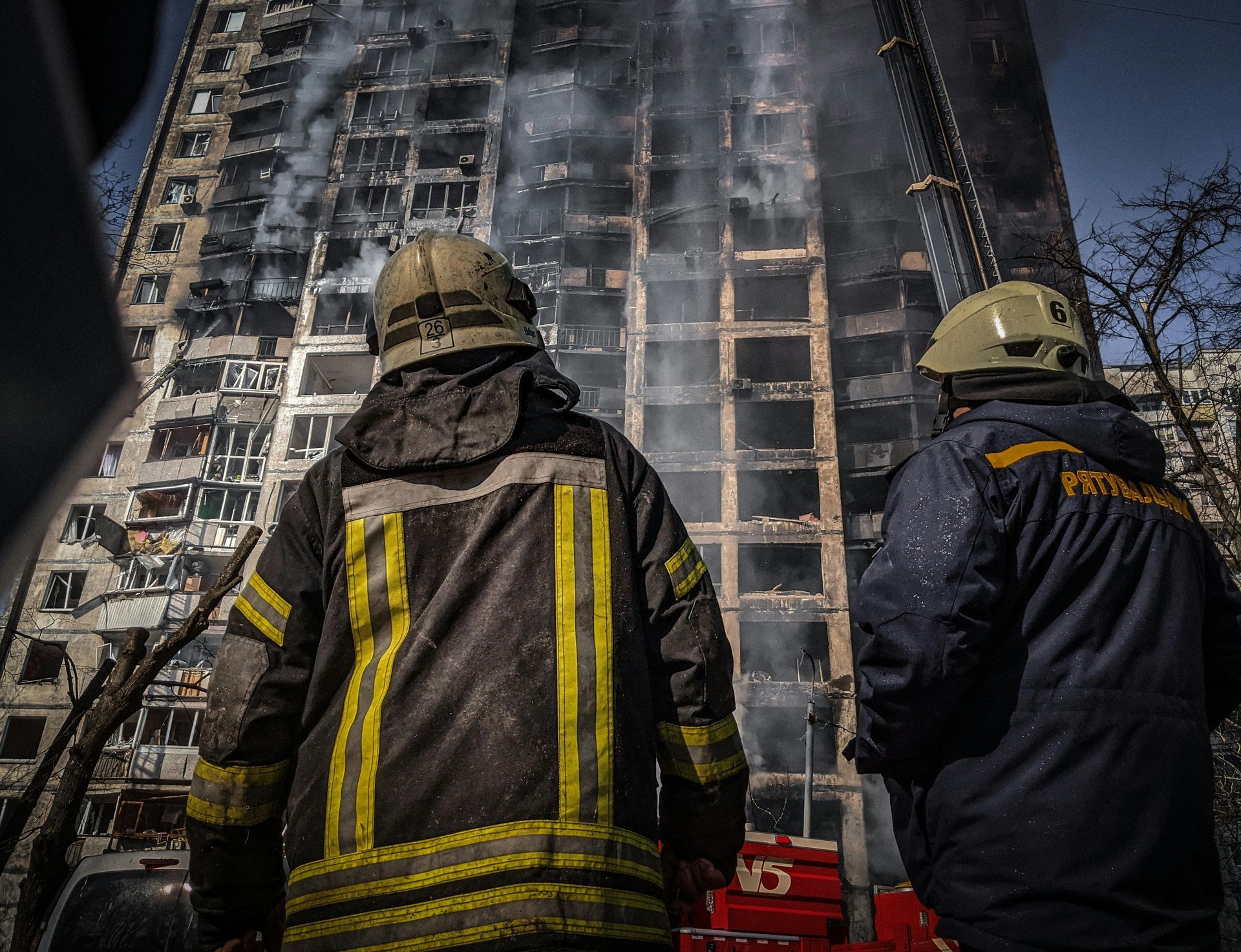
Preventing fires in the home is a critical safety measure that can save lives and protect property. Home fires are capable of causing extensive damage, not only resulting in financial loss but also putting family members and pets at great risk. Understanding how to prevent fire is essential to maintaining a secure living environment. This article will explore vital strategies for fire prevention, including effective smoke alarm placement, regular maintenance tasks, and safe appliance usage. Additionally, we will address preventive measures for various rooms and potential fire hazards, empowering you to take proactive steps to protect your home effectively.
Understanding Fire and Its Causes
Fire is a chemical reaction known as combustion, which occurs when a substance combines with oxygen to produce heat and light. For a fire to start and continue, three elements are required: fuel, heat, and oxygen, commonly referred to as the "fire triangle." When these elements are present, and in the right conditions, fire can spread rapidly. The process is exacerbated by convection, conduction, and radiation, enabling flames to move quickly through combustible materials and spaces.
House fires remain a prevalent and dangerous occurrence. According to the National Fire Protection Association (NFPA), firefighters in the United States respond to approximately 346,800 house fires annually. These fires cause an estimated 2,620 deaths, 11,070 injuries, and $7.2 billion in property damage each year. Such statistics emphasize the severity and frequency of house fires, underscoring the necessity of understanding their common causes and prevention methods.
Common causes of house fires are the following:
- Cooking Accidents: Cooking is the leading cause of residential fires and injuries. Fires can start when stovetops or ovens are left unattended, allowing flammable materials or grease to ignite. Grease fires, in particular, occur when oil or fat overheats, leading to a quickly spreading fire if not smothered or contained.
- Electrical Issues: Faulty wiring and overloaded circuits contribute significantly to house fires. Problems arise when outdated or damaged wiring short circuits or when too many appliances draw power from a single outlet, causing overheating and sparking that can ignite nearby materials.
- Cigarettes and Other Smoking Materials: Discarded cigarettes are a leading cause of fire fatalities. A cigarette that isn't properly extinguished can quickly ignite upholstery, bedding, or carpets. Smoking in bed poses a particular risk due to the possibility of falling asleep before properly extinguishing smoking materials.
- Children Playing with Fire: Curiosity about the fire can lead children to play with matches or lighters, igniting combustible items in their vicinity. This can escalate quickly without adult supervision, making it crucial to keep these items out of children's reach and educate them about fire safety.
- Flammable Liquids and Gases: Improper usage, storage, or handling of flammable liquids like gasoline and propane can lead to fires. Even small spills near a flame or spark can cause fires, highlighting the importance of using these substances in well-ventilated areas and securing containers tightly.
- Arson or Intentional Fires: Fires set intentionally can result from vandalism, disputes, or even insurance fraud. Arson is a criminal act that often causes severe damage to property and endangers lives, necessitating prompt investigation and deterrence measures.
- Natural Disasters: Natural phenomena such as lightning strikes and wildfires can ignite fires in homes. Lightning directly striking a structure can cause fires from electrical surges or heat generated during the strike. Wildfires pose a significant threat to homes in forested or grassland areas, where dry conditions and wind can drive flames toward structures quickly.
Fire Prevention Tips
Reducing the risk of fire in your home involves implementing a variety of safety measures. By taking proactive steps, you can significantly enhance your home's protection against potential fire hazards.
Ensure Smoke Alarms Are Installed and Working
Smoke alarms are critical for early detection of fires, providing vital warning and allowing time to evacuate safely. Properly functioning smoke alarms significantly reduce the risk of injury or death during a fire. It's recommended to check smoke alarms monthly to ensure they are operational. Batteries should be replaced annually, and the entire smoke alarm unit should be replaced every 10 years to maintain effectiveness. Installation is straightforward: place alarms on every floor, inside bedrooms, and outside sleeping areas. Ensure they are mounted high on walls or ceilings as smoke rises. Regular maintenance includes dusting the alarms and testing the unit by pressing the test button. These practices ensure that smoke alarms function correctly, enhancing your home's fire safety.
Create and Practice an Escape Plan
Having an escape plan is vital for ensuring safety during a fire emergency. An effective escape plan provides a clear path for evacuation, minimizing confusion and panic. Begin by identifying at least two exits from each room, such as windows and doors, ensuring all family members are familiar with these routes. Practice the plan regularly with everyone in the household, including children, to ensure quick and efficient execution during an actual fire. A designated meeting place, like a safe location in front of the home or a nearby landmark, is crucial for accounting for everyone promptly after evacuation. Regular drills reinforce the plan and enhance preparedness, ensuring everyone understands their role. This preparation increases the likelihood of a safe and orderly evacuation in a real emergency.
Regularly Maintain Appliances and Electrical Wiring
Proper maintenance of appliances and electrical wiring is crucial for preventing house fires. Regularly inspect appliance cords and plugs for signs of wear, fraying, or damage, as these can lead to electrical shorts or sparks. Ensure that electrical outlets are not overloaded, using surge protectors and power strips with built-in circuit breakers when necessary. Routine checks of home wiring can identify potential hazards; however, complex or outdated systems should be examined by a qualified electrician. It's essential to hire professionals for repairs and inspections, particularly if there are frequent blown fuses, tripped circuits, or dimming lights. These signs indicate underlying electrical issues that require expert attention to maintain safety. Adhering to these practices reduces fire risks by ensuring electrical systems operate safely and efficiently.
Properly Dispose of Cigarettes and Other Smoking Materials
Improper disposal of smoking materials, such as cigarettes and cigars, poses significant fire risks. Carelessly discarded smoking items can smolder and ignite fires, especially when left on flammable surfaces like furniture or dry grass. To enhance safety, use sturdy, non-combustible ashtrays designed to contain ashes and cigarette butts. Ensure these ashtrays are placed on stable surfaces and not near any flammable materials. Avoid dumping smoking materials directly into trash cans where they might react with paper or other combustibles. When outdoors, refrain from tossing cigarette butts on the ground; instead, use designated receptacles for proper disposal. Practicing these precautions significantly reduces the risk of accidental fires, ensuring a safer environment both indoors and outdoors.
Don't Leave the Food Unattended When Cooking
Leaving food unattended while cooking is a leading cause of kitchen fires and poses a significant danger to home safety. Distractions can cause you to lose track of time, allowing oils and fats to overheat and ignite. To prevent such incidents, it's crucial to stay in the kitchen whenever cooking on the stovetop. Use kitchen timers to remind you of food being prepared and minimize distractions from tasks like phone usage or watching TV. Keeping flammable materials such as oven mitts, paper towels, and loose clothing away from stovetops further reduces fire risks. If you must leave the kitchen, turn off the burners or enlist another adult to monitor the meal. Following these practices ensures a safer cooking environment and helps prevent potential accidents.
Use Caution When Using Candles or Space Heaters
Candles and space heaters, though useful for ambiance and warmth, pose significant fire hazards if misused. To use them safely, ensure they are placed on stable, heat-resistant surfaces, away from flammable materials like curtains, bedding, and papers. Always extinguish candles before leaving a room, and avoid using them in spaces where they might be easily knocked over. Space heaters should have automatic shut-off features and be kept at least three feet away from any objects that could catch fire. Never leave them unattended while in use, and unplug them when not needed. Additionally, keep candles and space heaters out of reach of children and pets to prevent accidental ignition. Following these guidelines mitigates fire risks, ensuring your home remains a safe environment.
Safely Store Flammable Materials
Proper storage of flammable materials is crucial to prevent fires and ensure safety. These substances, including gasoline, paints, and cleaning products, should be kept in a cool, dry place away from heat sources like stoves or heaters. It's essential to use appropriate containers, such as those made of metal or approved plastic, that are clearly labeled and properly sealed to prevent leaks and vapor buildup. Store these materials in well-ventilated areas to reduce the risk of fumes igniting. Keep them out of reach of children and away from any sources of ignition, such as electrical appliances or open flames. Regularly check storage areas for accumulating fumes or damage to containers, which can compromise safety. Following these guidelines minimizes fire risks and promotes a secure environment.
Fire Safety Equipment
Homeowners can significantly enhance their fire safety readiness by equipping their homes with essential fire safety equipment. Here are critical components to consider:
- Smoke Alarms: These devices are crucial for early fire detection, sounding an alarm when they sense smoke. They should be installed on every floor and tested monthly to ensure functionality.
- Fire Extinguishers: Used to combat small fires or contain flames until the fire department arrives, these should be positioned in readily accessible spots like the kitchen and garage. Familiarize all family members with their operation and conduct routine checks for pressure and condition.
- Fire Blankets: Ideal for smothering small fires or wrapping around a person to douse flames, fire blankets offer quick and effective action. Store them in or near kitchens and in locations where flare-ups are likely.
- Sprinkler Systems: Automatically activated by heat, these systems disperse water to extinguish or control a fire, providing a first line of defense before professional firefighters arrive. They require professional installation and regular maintenance.
- Fire Screen: A fire screen is essential for homes with fireplaces, acting as a barrier to prevent sparks and embers from escaping into the living area, thus reducing the risk of fire hazards.
Dealing With Fire Damage? Call Marlings Restoration!
Fire safety is paramount and involves proactive measures such as diligent electrical maintenance, safe disposal of smoking materials, attentive cooking practices, cautious candle and space heater usage, and proper storage of flammable substances. Additionally, equipping your home with essential fire safety equipment is crucial for protection. Should you encounter fire damage, Marlings Restoration is your trusted partner for swift and effective restoration services. Our experts ensure your home returns to its pre-fire condition efficiently. Don't wait—contact Marlings Restoration today to safeguard your home and well-being. Your safety is our top priority.

Call us: (302) 325-1759
Welcome to Marling's Emergency Water Removal & Carpet Cleaning, your trusted partner in comprehensive restoration services in Wilmington, Delaware, and surrounding areas. Our locally owned, BBB accredited company offers 24/7 emergency services, including water and fire damage restoration, mold remediation, and carpet cleaning, with a rapid response time of 60 minutes. As an IICRC-certified company and a preferred vendor for Nationwide and Liberty Mutual, we are dedicated to delivering top-quality, reliable restoration solutions tailored to your needs.
QUICK LINKS
Our Locations
Marling's Emergency Water Removal & Carpet Cleaning
41-D, Germay Dr, Wilmington, DE 19804

